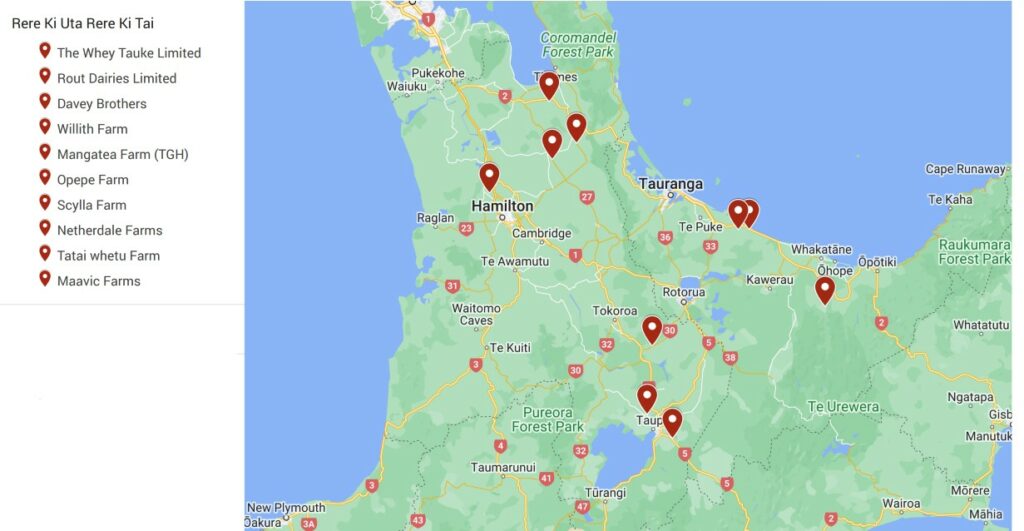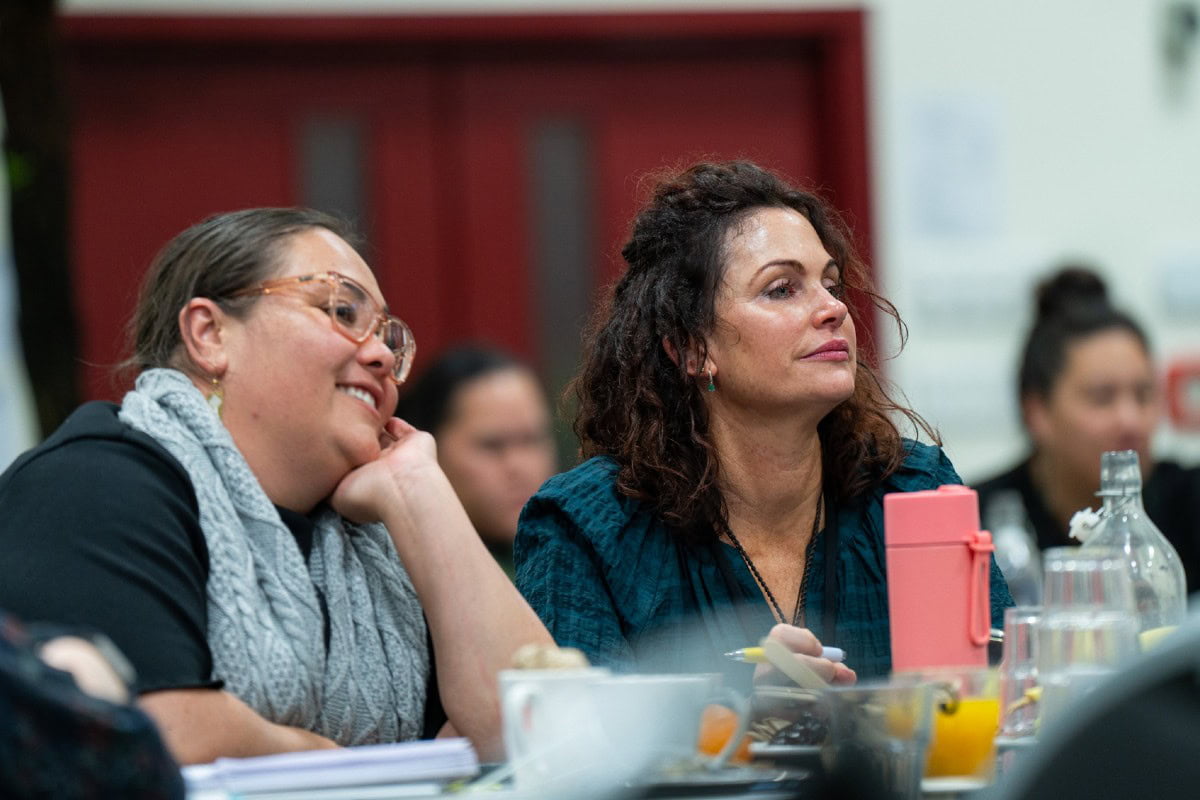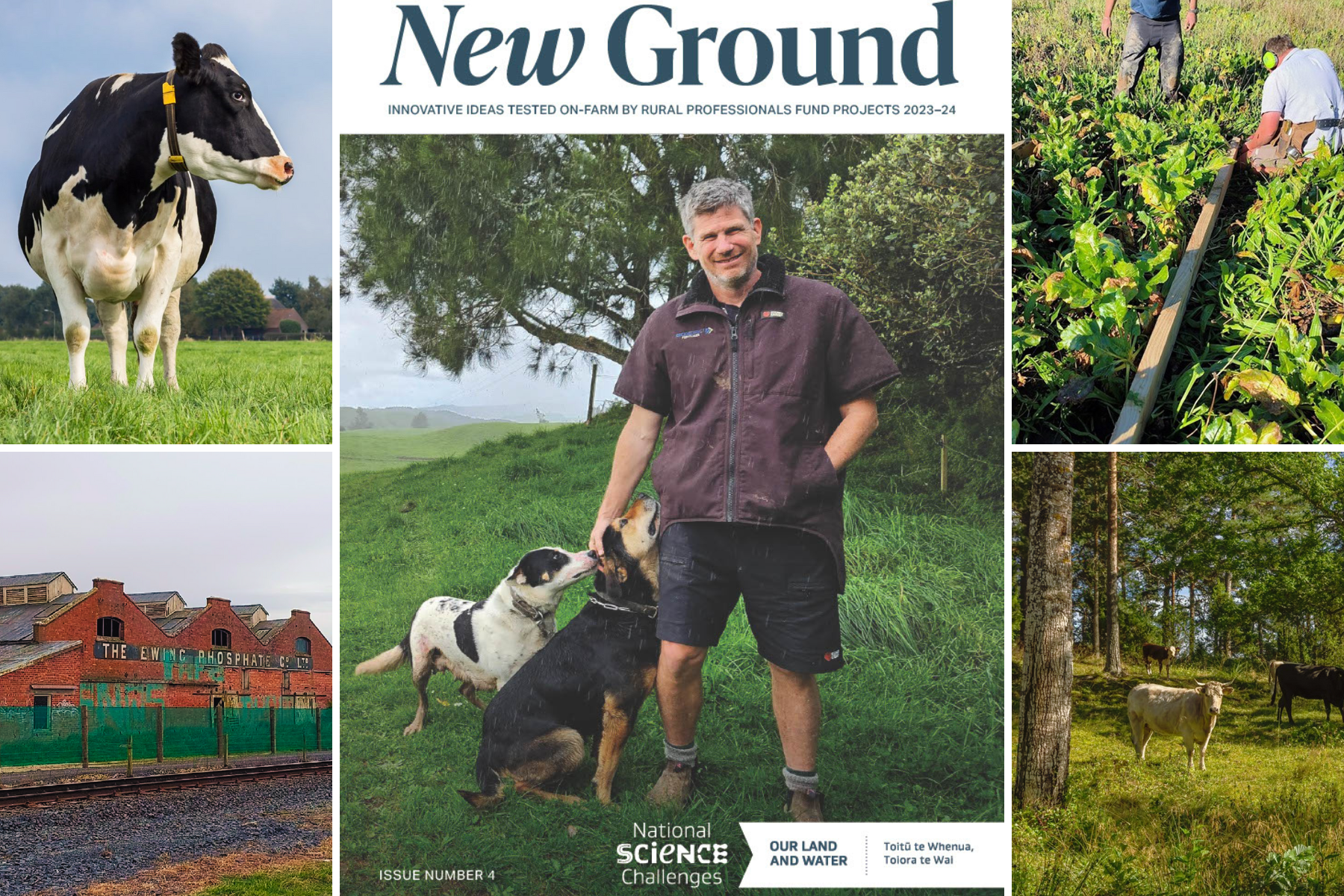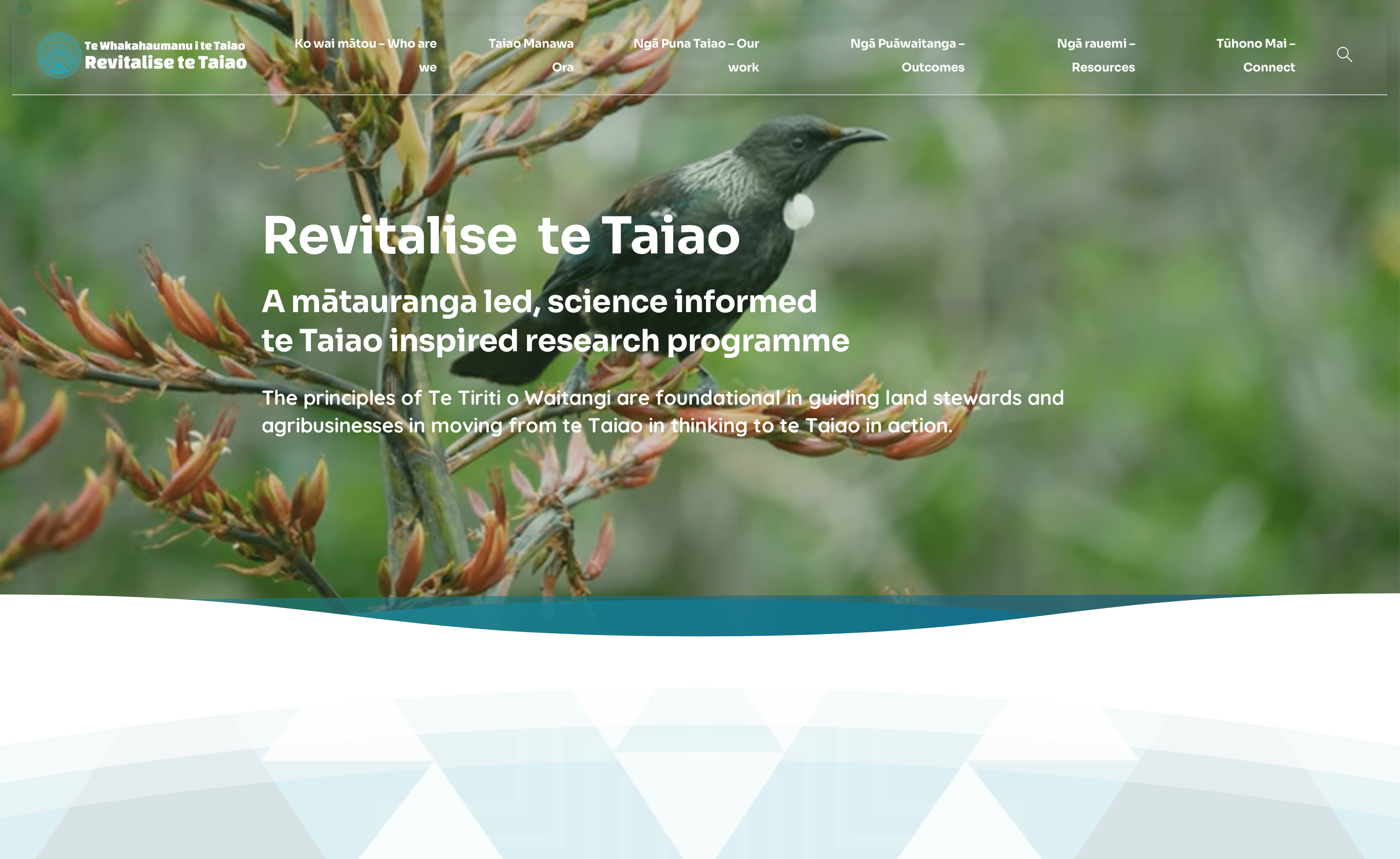Ten Farms Announced as Partners in Rere ki Uta, Rere ki Tai Project
Ten farms in Waikato and Te Arawa Waka have stepped up to share their knowledge and trial new approaches as part of the Rere ki Uta, Rere ki Tai project, part of the Revitalise Te Taiao research programme.
Ten farms in Waikato and Te Arawa Waka have stepped up to share their knowledge and trial new approaches as part of the Rere ki Uta, Rere ki Tai research with Our Land and Water.
The ten pāmu (farms) are a mix of conventional and organic dairy farms, farms under iwi and private Māori and pākehā ownership, new farms and intergenerational farms, and farms supplying Fonterra, Synlait and Miraka. Each farm has its own unique whakapapa, history, values, and Taiao.
The pāmu are: The Whey, Tauke Limited, Rout Dairies, Davey Farm, Willith Farm, Tainui Group Holdings, Opepe Farm, Scylla Farm, Netherdale Farms, Tataiwhetu Farm, and Maavic Farm.
Over the next two years, kaimahi pāmu (farmers) will work with tangata whenua, farm advisors, financial planners, and scientists to assess whether systems that honour the mana and mauri of soil can build more resilient, profitable, and healthier farms.

The 200ha Mangatea farm, owned by Tainui Group Holdings, has committed a 60ha block to the trial.
“The whenua, the land, is the life blood of our people,” says Ngāti Wairere kaumatua George Hopa.
Along with dairy operations manager Mozz Trueman, George has been instrumental in starting the trial at Mangatea farm.
He says the land and river here was rich in resources – birds, plentiful freshwater aqua life, fertile soil and clean waters. One of his big visions is to get their people back into the whenua and harvesting like they used to.
Mozz says the vulnerabilities of their farming system became obvious to him during the pandemic when importing feed became a challenge.
“I’m quite excited about the new road we’re taking,” Mozz says. “We’re a high input farm, we bring maize in and decreasing the stocking rate means we’ll have less cost and better-fed cows with less competition. It’s just tweaking the system to be more sustainable.”
As well as stocking rates, Tainui Group Holdings are making changes across stock breed, waterway protection, fertiliser regimes, planting and pasture species for the Mangatea farm.
“I think sometimes in dairy farming you’re only looking at what’s on top of the ground and at growth rates, driven by profit,” says Mozz. “Sometimes it’s about taking a step back and having a look at what’s going on under the pasture.”
More information:
- Revitalise Te Taiao research programme
- Read more about Mozz and George at Mangatea Farm on the project website to learn more about the changes they are making and why they have committed to the research.
- Read more about Davey Farm in this article in the Waikato Herald.
- Read more about Scylla Farm in this article in the Bay of Plenty Times
- Sign up for updates on the farms’ progress and learning at agrisea.co.nz/rere-ki-uta-rere-ki-tai
Author
 View Our Strategy Document 2019 – 2024
View Our Strategy Document 2019 – 2024



